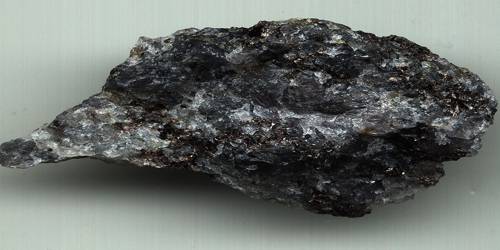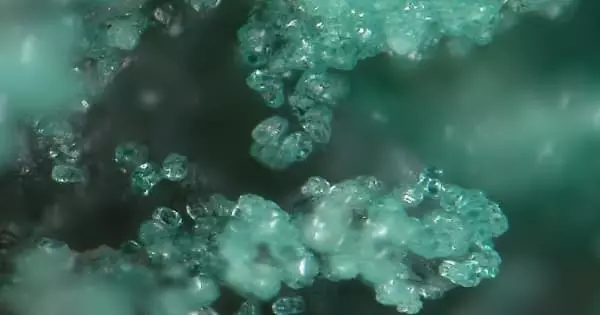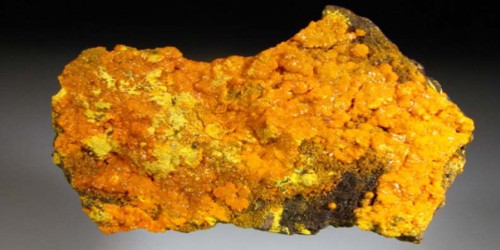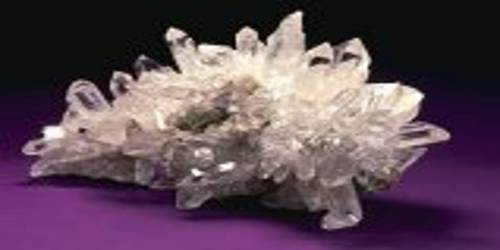Cordierite (mineralogy) or iolite (gemology) is a magnesium iron aluminum cyclosilicate. It is not a well known or popular mineral for mineral collectors. However, its gemstone variety is well known and is rather popular among gemstone collectors and fanciers. Iron is almost always present and a solid solution exists between Mg-rich cordierite and Fe-rich sekaninaite with a series formula: (Mg, Fe)2Al3(Si5AlO18) to (Fe, Mg)2Al3(Si5AlO18).
Cordierite, which was discovered in 1813, is named after the French geologist Louis Cordier (1777–1861). It is normally used for applications that required high temperatures and are subject to thermal shock or require low thermal expansion materials, such as kiln furniture.
General Information
- Category: Cyclosilicate
- Formula: (Mg, Fe)2Al3(Si5AlO18) to (Fe, Mg)2Al3(Si5AlO18)
- Cordierite group
- Crystal system: Orthorhombic
- Crystal class: Dipyramidal (mmm)
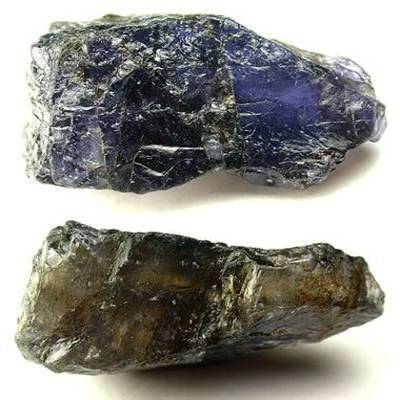
Properties
It has a low mechanical strength, exhibits an increased resistance to thermal shock and has a low linear expansion.
- Color: Blue, smoky blue, bluish violet; greenish, yellowish brown, gray; colorless to very pale blue in thin section
- Crystal habit: Pseudo-hexagonal prismatic twins, as embedded grains, and massive
- Fracture: Subconchoidal
- Tenacity: Brittle
- Mohs scale hardness: 7 – 7.5
- Luster: Greasy or vitreous
- Streak: White
- Diaphaneity: Transparent to translucent
- Specific gravity: 2.57 – 2.66
Occurrence
Cordierite typically occurs in contact or regional metamorphism of pelitic rocks. It is especially common in hornfels produced by contact metamorphism of pelitic rocks. Two common metamorphic mineral assemblages include sillimanite-cordierite-spinel and cordierite-spinel-plagioclase-orthopyroxene.
Other associated minerals include garnet (cordierite-garnet-sillimanite gneisses) and anthophyllite. Cordierite also occurs in some granites, pegmatites, and norites in gabbroic magmas. Alteration products include mica, chlorite, and talc. Cordierite occurs, for example, in the granite contact zone at Geevor Tin Mine in Cornwall.
Information Source:
